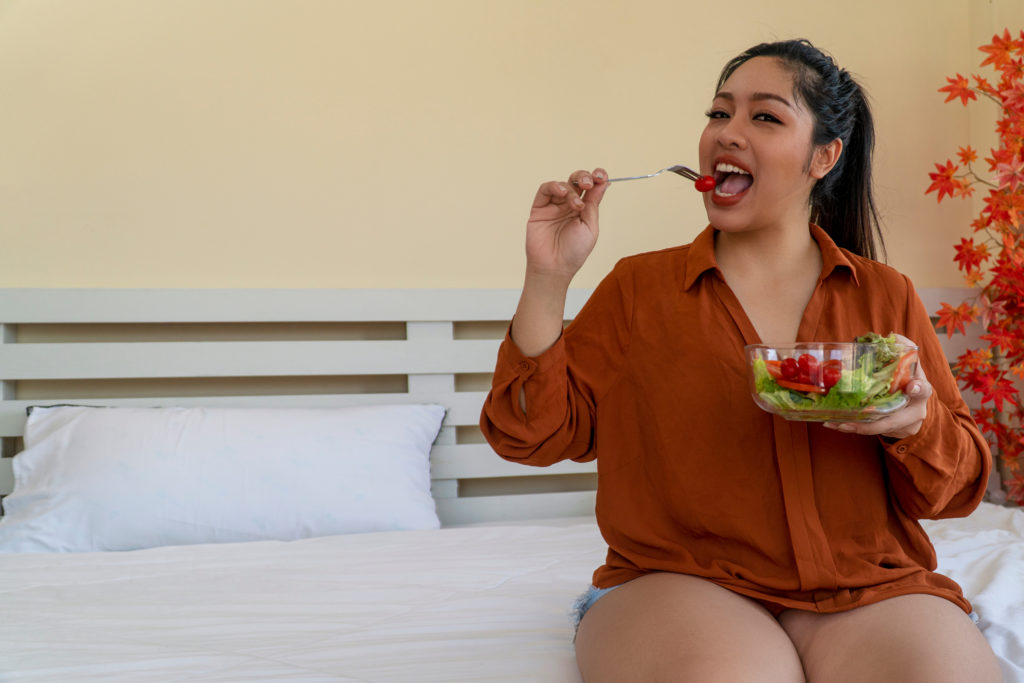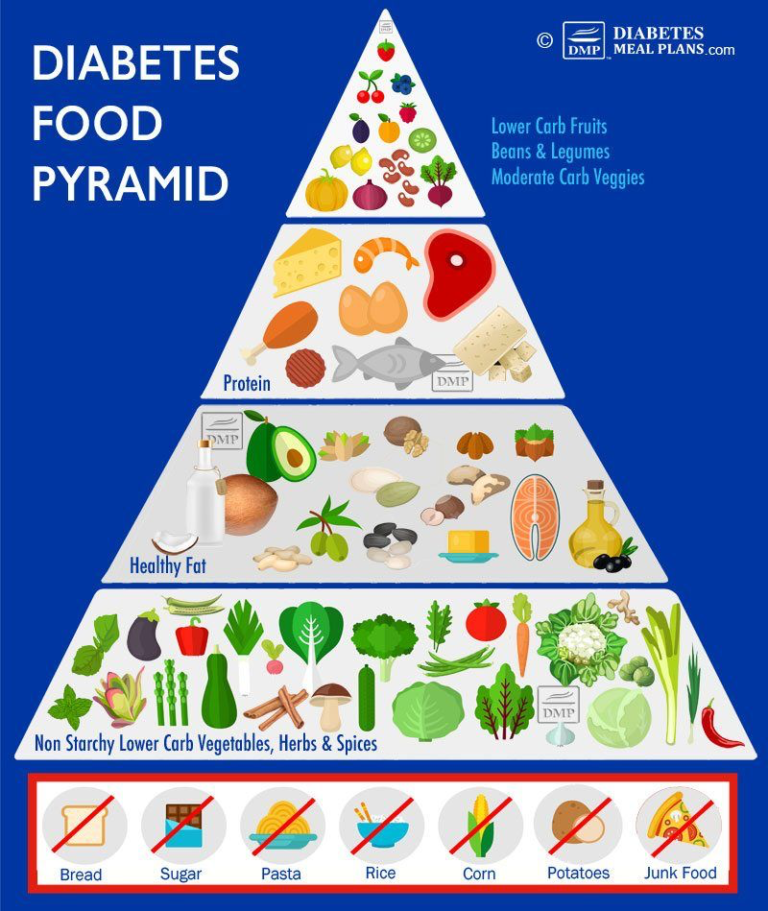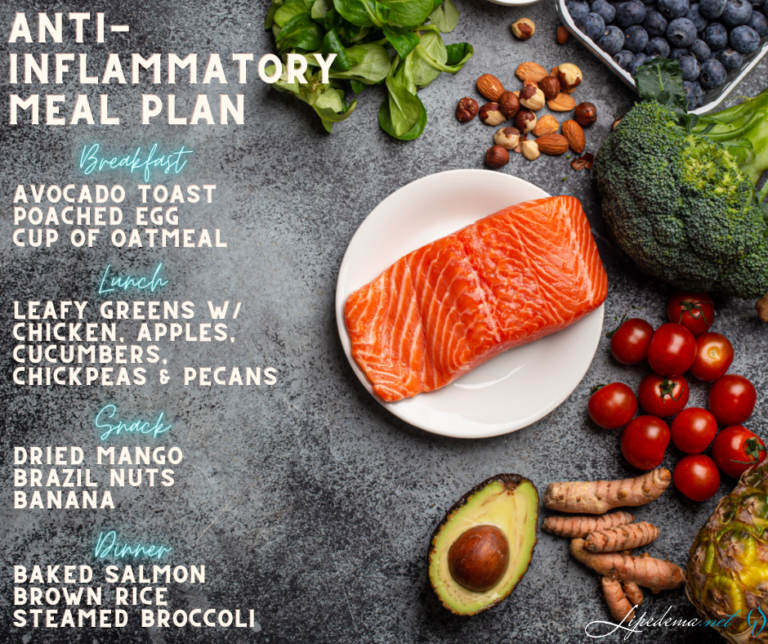

Before you start looking for more invasive treatments to help reduce the symptoms of your lipedema, there are a few tools you have right at home, and every little bit helps! Your nutrition plays a key factor in how and when your body experiences edema (swelling), and a large player in this experience is in response to the food you eat. Learn how to reduce lipedema swelling below!
Dr. Wright recommends following a Rare Adipose Disorder (RAD) diet, a modification to a standard Mediterranean diet that helps you maintain a low glycemic index to limit the number of occurrences and levels your blood sugar spikes through the day. In order to do this, it is recommended that you avoid any refined or processed starches and sugars. These are usually found in pasta, rice, bread, corn, and potatoes. Avoiding processed food – especially processed carbohydrates – will keep your insulin levels low and provide you the best chance at limiting inflammation.


Interestingly, Lipedema experts also report that avoiding starches alone will not prevent symptoms from flaring up. It is also recommended that individuals with lipedema may want to reduce their gluten intake as much as possible. Gluten is typically found in wheat, rye, and barley. Instead of gluten, make sure your diet focuses on foods high in omega-3 fatty acids and are also high in fiber to assist your body in burning fat and fighting inflammation. Focus on colorful foods like nuts, beans, fish, and whole grains.
Lipedema Diet: Anti-Inflammatory Meal Plan
Need some recipe inspiration for how to follow the RAD diet plan and still enjoy whole, nutritious food? It’s easier than you think! Try the examples below, which use the following methods.


Breakfast: Add something different to a slice of toasted, whole-wheat bread each day, so you’re following the plan but mixing it up enough that it doesn’t get boring! The following pairs well with a freshly toasted piece of bread:
Lunch: Try keeping lunch to different versions of a salad. It’s easy to prep, light and fresh, and there are numerous versions of salads to make!
Snack: Homemade trail mix is an easy on-the-go snack that also allows a wide variety of items to be included depending on what you’re craving.
Any variety of the following meet the RAD Diet suggestions:
Dinner: 1 protein, 1 veggie, 1 grain or potato
Another tool in your toolbox to help the fight against edema is ensuring you have a regular and robust vitamin supplement alongside the RAD diet. These vitamins and supplements can be found at your local drug store and are an inexpensive way to help.
Vitamin D3: Lipedema patients are typically deficient in Vitamin D, an essential supplement that plays a critical role in your immune system. It also helps your bone, muscle, and nervous system health. It is recommended that lipedema patients who are deficient in Vitamin D take up to 4 times the Recommended Daily Allowance, or RDA.
Selenium: A supplement that can aid with your daily metabolism is Selenium. It has been known to help reduce lipedema swelling that is often painful and continuous. While supplemental pills can be hard to find you can find them in brazil nuts; eating just 2 of these nuts per day should be enough to notice a difference.
Diosmin: Perhaps the most effective supplement to take is Diosmin, a bioflavonoid that is commonly found in citrus fruits. They can have anti-inflammatory, antioxidant, and lymph-tonic properties that will help with your symptoms of lipedema.
Lipedema fat is an abnormal accumulation of fat in specific areas – usually in the lower body, though fat accumulation is symmetrical, it’s painful and easily bruises. You can read more about the difference here.
1 Micke, O., Bruns, F., Schäfer, U., Kisters, K., Hesselmann, S., and Willich, N. (2000) Selenium in the treatment of acute and chronic lymphedema. Trace Elements and Electrolytes 17, 206-209 www.ncbi.nlm.nih.gov/pubmed/12694822
2 Kasseroller, R. G., and Schrauzer, G. N. (2000) Treatment of secondary lymphedema of the arm with physical decongestive therapy and sodium selenite: a review. Am J Ther 7, 273-279 https://www.ncbi.nlm.nih.gov/pubmed/11486162
3 [ http://www.ncbi.nlm.nih.gov/pubmed/10667641] shows the effectiveness of Diosmin Diosmin significantly improved symptoms such as leg pain, heaviness, and cramps. Diosmin also improved leg edema or swelling and decreased leg circumference. Other studies have shown Diosmin improved venous ulcer healing, hemorrhoids, and lymphedema. [Citation http://europepmc.org/abstract/MED/16014984]
DiCorleto, P. (2014). Why you should pay attention to chronic inflammation. Cleveland Clinic. Retrieved from https://health.clevelandclinic.org/2014/10/why-you-should-pay-attention-to-chronic-inflammation/
Doheny, K., & Chang, L. (2008). Anti-inflammatory Diet: Road to Good Health? Retrieved July 19, 2016, from http://www.webmd.com/food-recipes/anti-inflammatory-diet-road-to-good-health?page=3
Erlich, S.D. (2015). Omega-3 fatty acids. University of Maryland Medical Center. Retrieved from http://umm.edu/health/medical/altmed/supplement/omega3-fatty-acids